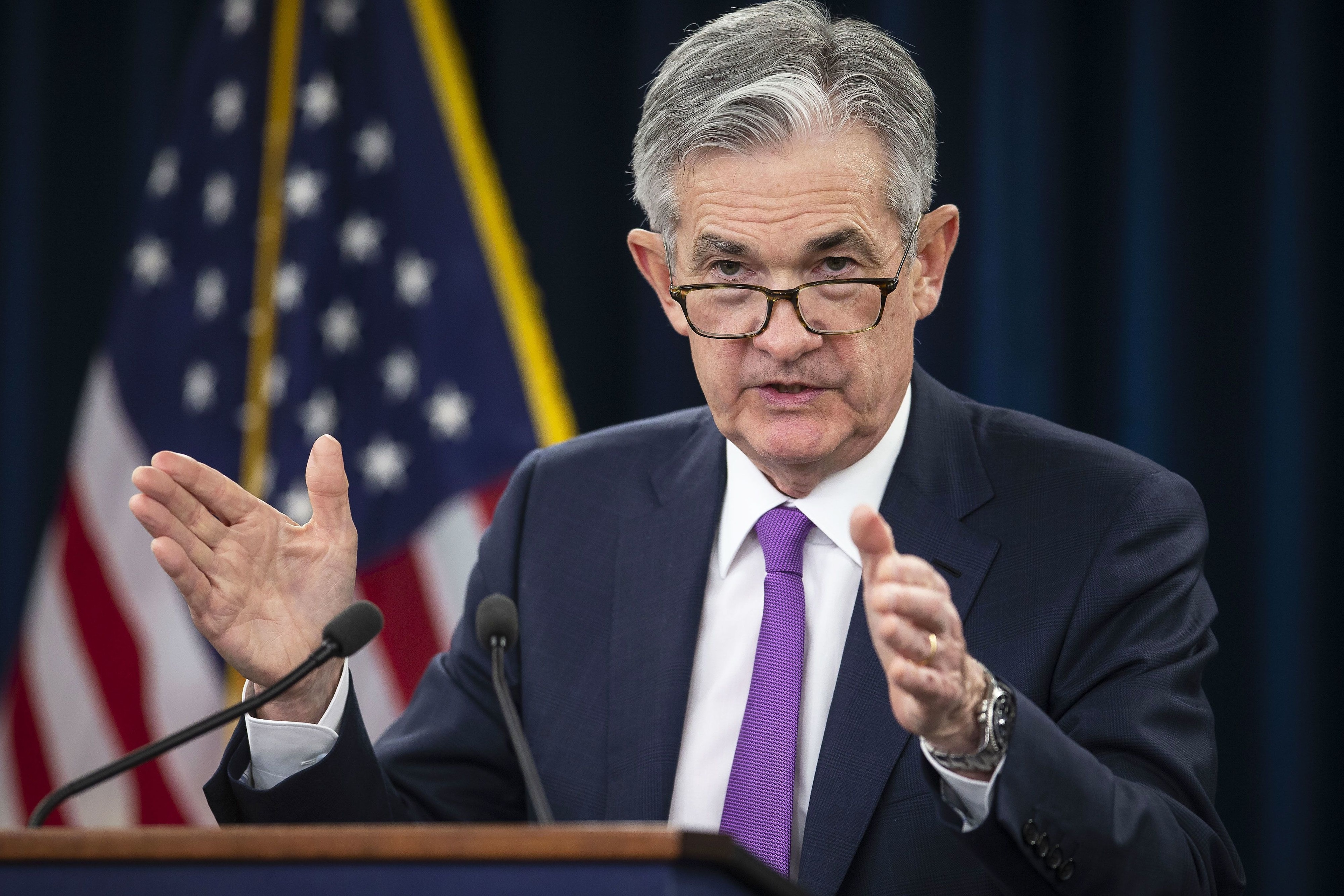European and US markets finished the day very much on the back foot yesterday, after the US producer price index (PPI) hit a record high, and came in well above expectations for November. This unexpectedly hot number caused markets in Europe to give up early gains, as investors suffered a collective bout of heat stroke at this unexpectedly hot reading.
US markets also rolled over, led by the Nasdaq 100, however the losses were still fairly modest, even as short-term yields edged their way back up, along with the US dollar, while gold slid back.
In Asia markets the main focus, apart from the Fed meeting later today, is China retail sales and industrial production for November. The most recent China trade numbers showed a big jump in imports in November, helped by inventory rebuilding as well as decent demand around 'singles day', rising 31.7%, against an expectation of 21.5%. A rebound in coal imports to deal with an energy shortfall as well higher demand for copper also helped boost the data.
This performance has built up expectations for the latest retail sales and industrial production numbers for November, where you would expect to see an improvement in both, however that proved to not be the case. Retail sales saw a rise of 3.9 %, down from 4.9% in October, while industrial production rose by 3.8%, up from 3.5%. Retail sales is especially disappointing given that it covers the period for singles day, and would appear to indicate that Chinese consumers remain cautious amidst concerns over Covid-19 outbreaks, and higher inflation.
As we look ahead to today’s European session, the rebound off the lows in the US does appear to set us up for a positive open. Yesterday’s record-breaking US PPI print has neatly set the scene for today’s Federal Reserve rate decision, which is expected to see the FOMC take the decision to accelerate the pace of the tapering programme which started last month. Up until the beginning of this month, the expectation had been that we would probably see the amount of the taper double from the current $10bn in US treasuries and $5bn in mortgage-backed securities. This expectation has become less certain in the last week or so, after recent commentary from Fed chair Jay Powell himself when he spoke to US lawmakers, but by also previously dovish members of the FOMC like San Francisco Fed's Mary Daly, who said she was open to accelerating the pace of the taper programme in comments last month.
Even allowing for that shift, the minimum we can expect from today is for the taper to double to $20bn in US treasuries and $10bn in mortgage-backed securities, however it would not be a surprise to see a higher combined number of $35bn, meaning a taper finish in February, as opposed to March, given the recent sharp rises that we’ve seen in CPI and PPI in recent days.
We already know that the word “transitory” is likely to disappear from the Fed statement, while we could also see a more aggressive dot plot, with the potential for a majority of members signalling up to three rate hikes next year, although they will also have to acknowledge the current risks around Omicron, in order to avoid the impression of pre-committing.
The Fed does need to tread carefully given the sharp declines seen in stock markets over concerns that they might overplay their hawkish hand, however if they really do feel they are behind the curve, they may also feel they have no choice but to go a little bit faster, especially as core PCE is likely to come in above their highest expectations back in September.
Before the Fed we have the smaller matter of UK CPI inflation, which is already over double the central bank's 2% inflation target at 4.2% and is set to surge even higher to 4.8% in today’s November numbers. RPI is also set to increase further as well to levels last seen in 1990 near 7%, throwing into stark contrast the paralysis of the MPC when it comes to acting on rates.
Yesterday the IMF, not exactly renowned for the accuracy of its forecasts, also urged the Bank of England to stop procrastinating when it comes to inflation, warning the central bank to avoid “an inaction bias” in view of the costs associated with containing second round effects. The problem for the IMF, and for the rest of us, is that is all the MPC knows how to do. Inaction is its raison d’etre. In fairness to the Bank of England, they are being hampered by the uncertainty over the Omicron variant, which is likely to slow economic activity over the next few weeks, however if they had acted in November, they would not have the problem they are currently facing.
While today’s CPI numbers for November are expected to move close to 5%, producer prices are also expected to rise further with expectations that input prices will rise by 13.2%, meaning that CPI is likely to move even higher in the weeks ahead. This also means that inaction tomorrow from the Bank of England will mean that any move on rates won’t happen until 3 February 2022, which is when the MPC is next due to meet.
EUR/USD – continues to slip lower, and while below the 1.1385 area, the risk of a retest of the 1.1185 remains the line of least resistance. The key support remains at the November lows at 1.1185, as well as the 1.1160 level. A move through 1.1420 argues for a move back to the 1.1520 level.
GBP/USD – continues to hold the line above the 1.3160 area, and while we do so we can move back towards the 1.3400 area. A break of 1.3160 opens up the 1.3000 level. We need to recover back above the 1.3300 level to stabilise and move towards the 1.3500 level.
EUR/GBP – despite a short squeeze to the 0.8600 area last week the euro still looks weak, falling back quickly below the 200-day MA again, which is now acting as resistance. Support remains at the 0.8480 level and needs to break below this level to diminish the risk of further gains.
USD/JPY – the 114.00 level continues to act as resistance, with a break targeting the 115.00 area. The 112.50 level still looks fairly solid for now. A move below the 112.50 level targets the 111.80 area.
CMC Markets erbjuder sin tjänst som ”execution only”. Detta material (antingen uttryckt eller inte) är endast för allmän information och tar inte hänsyn till dina personliga omständigheter eller mål. Ingenting i detta material är (eller bör anses vara) finansiella, investeringar eller andra råd som beroende bör läggas på. Inget yttrande i materialet utgör en rekommendation från CMC Markets eller författaren om en viss investering, säkerhet, transaktion eller investeringsstrategi. Detta innehåll har inte skapats i enlighet med de regler som finns för oberoende investeringsrådgivning. Även om vi inte uttryckligen hindras från att handla innan vi har tillhandhållit detta innehåll försöker vi inte dra nytta av det innan det sprids.






